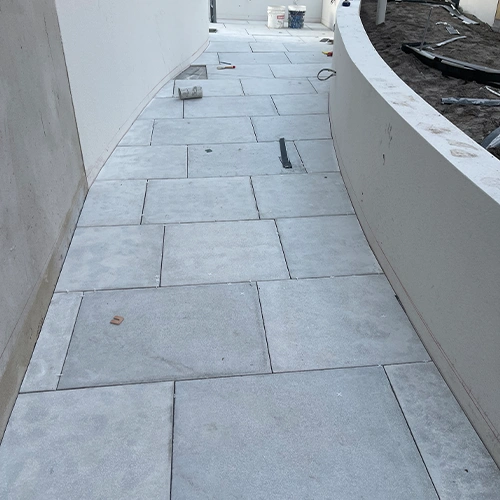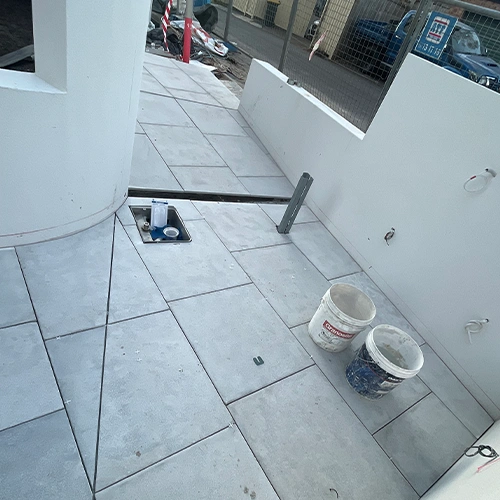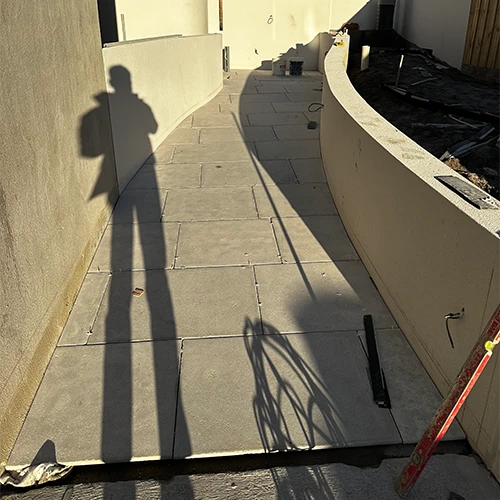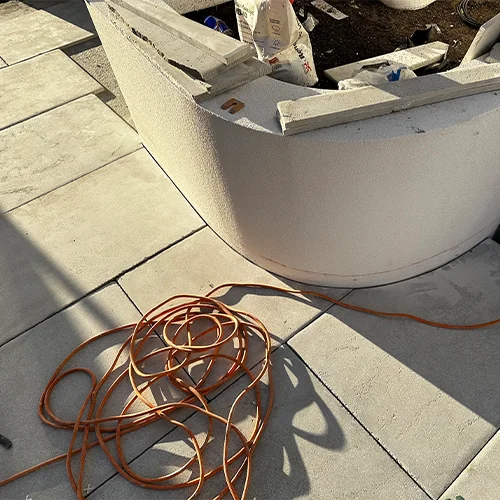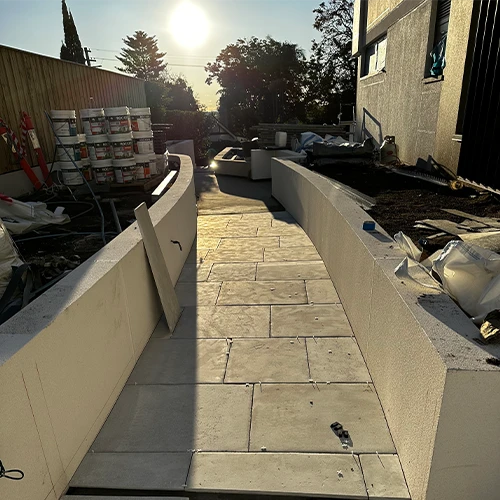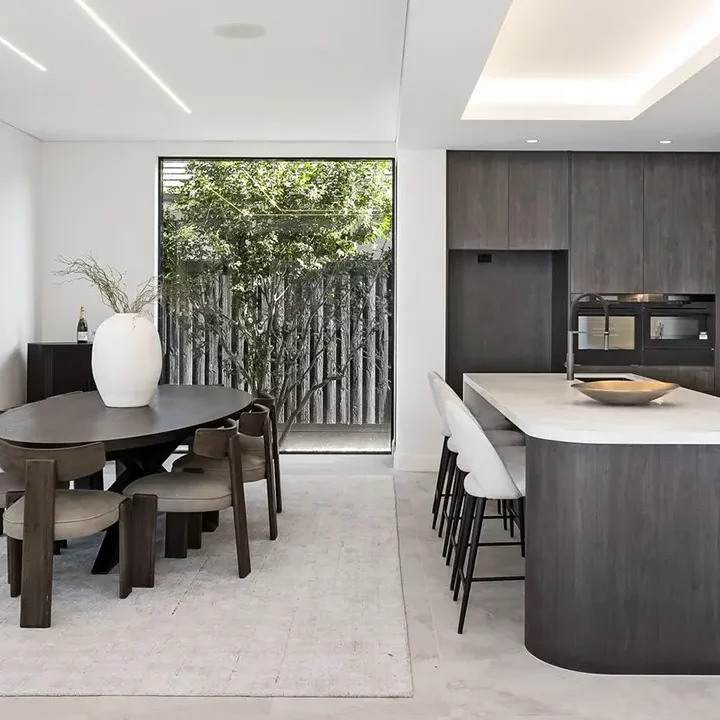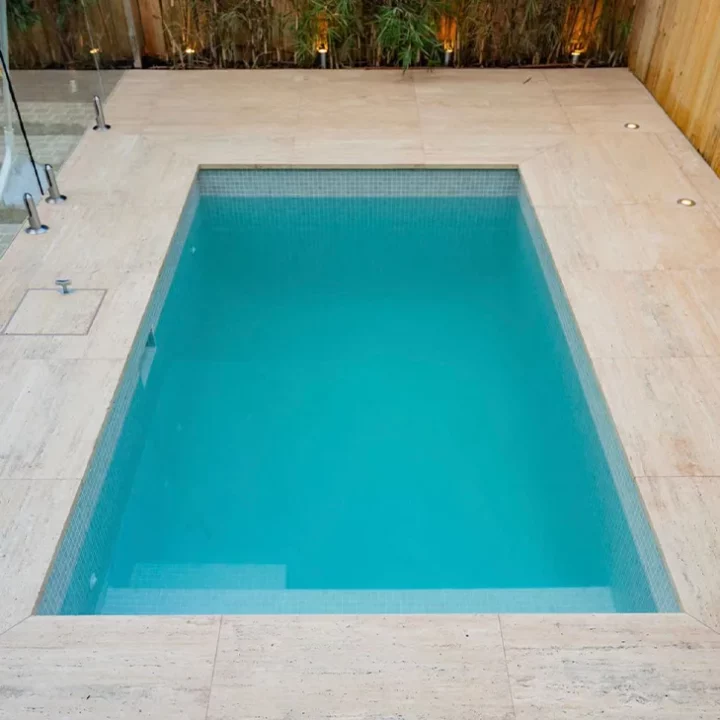37 Heydon St, Mosman
- Home
- portfolio
- High Rise
- Residential
- 37 Heydon St, Mosman
Our latest project in Mosman highlights the beauty and versatility of natural stone with the installation of 20mm tiles that bring a unique flair to the space. These stunning tiles, featuring a consistent 600mm width, were crafted in four different lengths, allowing us to create an eye-catching crazy pattern that adds visual interest and texture to the area.
This innovative design approach not only showcases the natural variations in the stone but also elevates the overall aesthetic of the space, offering a dynamic and contemporary look that complements the elegant surroundings of Mosman. The rich tones of the natural stone enhance the warmth of the environment, while the varied lengths contribute to a relaxed, organic flow that invites movement and exploration.
The intricate pattern serves as a focal point, drawing the eye and encouraging engagement with the design. Our commitment to quality craftsmanship is evident in every detail, ensuring a flawless installation that withstands the test of time. This project captures the essence of modern elegance, transforming outdoor areas into luxurious retreats that reflect the beauty of their natural surroundings. The Mosman project stands as a testament to our ability to blend creativity with functionality, delivering stunning results that enhance lifestyle and living.
Builder / architect:
project type:
Timline:
client:
Strategy:
date:
Design in Details
In design, we bring characteristics of the natural world into built spaces, such as water, greenery, and natural light, or elements like wood and stone. Encouraging the use of natural systems and processes in design allows for exposure to nature, and in turn, these design approaches improve health and wellbeing. There are a number of possible benefits, including reduced heart rate variability and pulse rates, decreased blood pressure, and increased activity in our nervous systems, to name a few.
Over time, our connections to the natural world diverged in parallel with technological developments. Advances in the 19th and 20th centuries fundamentally changed how people interact with nature. Sheltered from the elements, we spent more and more time indoors. Today, the majority of people spend almost 80-90% of their time indoors, moving between their homes and workplaces. As interior designers embrace biophilia.
[30m2]
bedroom
[22m2]
bathroom
[28m2]
workspace
[15m2]
kitchen area
Incredible Result
Establishing multi-sensory experiences, we can design interiors that resonate across ages and demographics. These rooms and spaces connects us to nature as a proven way to inspire us, boost our productivity, and create greater well-being. Beyond these benefits, by reducing stress and enhancing creativity, we can also expedite healing. In our increasingly urbanized cities, biophilia advocates a more humanistic approach to design. The result is biophilic interiors that celebrate how we live, work and learn with nature. The term translates to ‘the love of living things’ in ancient Greek (philia = the love of / inclination towards), and was used by German-born American psychoanalyst Erich Fromm in The Anatomy of Human Destru ctiveness (1973).

